How the telescope and microscope changed how we see the world
Welcome to a journey through the lenses that have reshaped our world. Telescopes and microscopes have not only opened our eyes to the vastness of space and the intricacies of tiny life forms but have also transformed how we perceive our place in the universe.
These remarkable instruments invite us to explore realms far beyond our natural sight, encouraging us to embrace the awe-inspiring complexity of both the cosmic and microscopic worlds.
The Dawn of Discovery: A Brief History of the Telescope
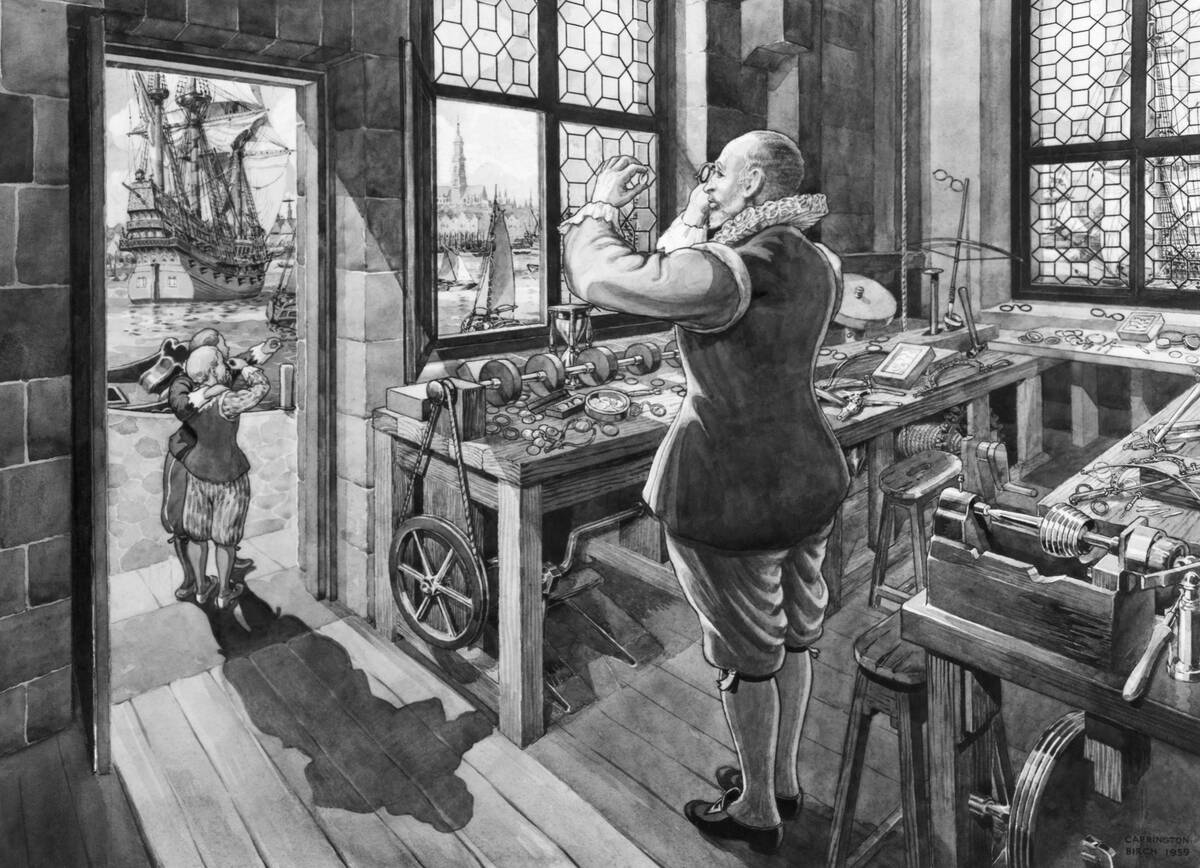
The telescope’s story begins in the early 17th century with Hans Lippershey, a Dutch spectacle maker, who is often credited with its invention. His creation allowed distant objects to appear three times closer, sparking a revolution in observational science.
The telescope’s design evolved rapidly, with innovators like Johannes Kepler and Galileo Galilei refining its capabilities, ultimately leading to the sophisticated devices we use today to explore the universe.
The Telescope’s Early Days: Peering into the Night Sky
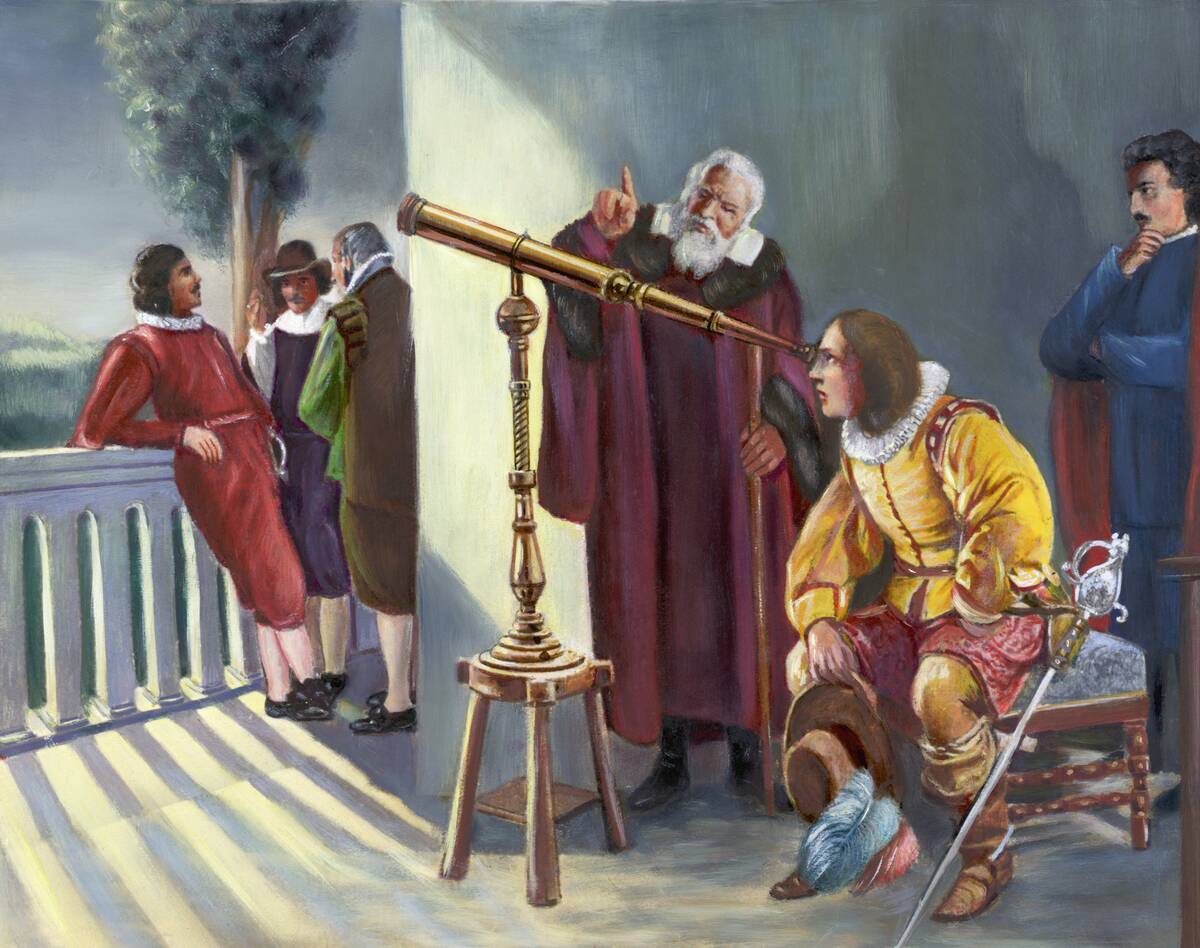
In its infancy, the telescope was a marvel that captured the imagination of scientists and laypeople alike. With it, astronomers could observe celestial bodies in unprecedented detail.
Galileo’s observations of Jupiter’s moons, Saturn’s rings, and the phases of Venus provided compelling evidence that challenged the prevailing geocentric model of the universe. The telescope allowed humanity to glimpse the cosmos in ways that were previously unimaginable.
Galileo Galilei: The Man Who Unlocked the Cosmos
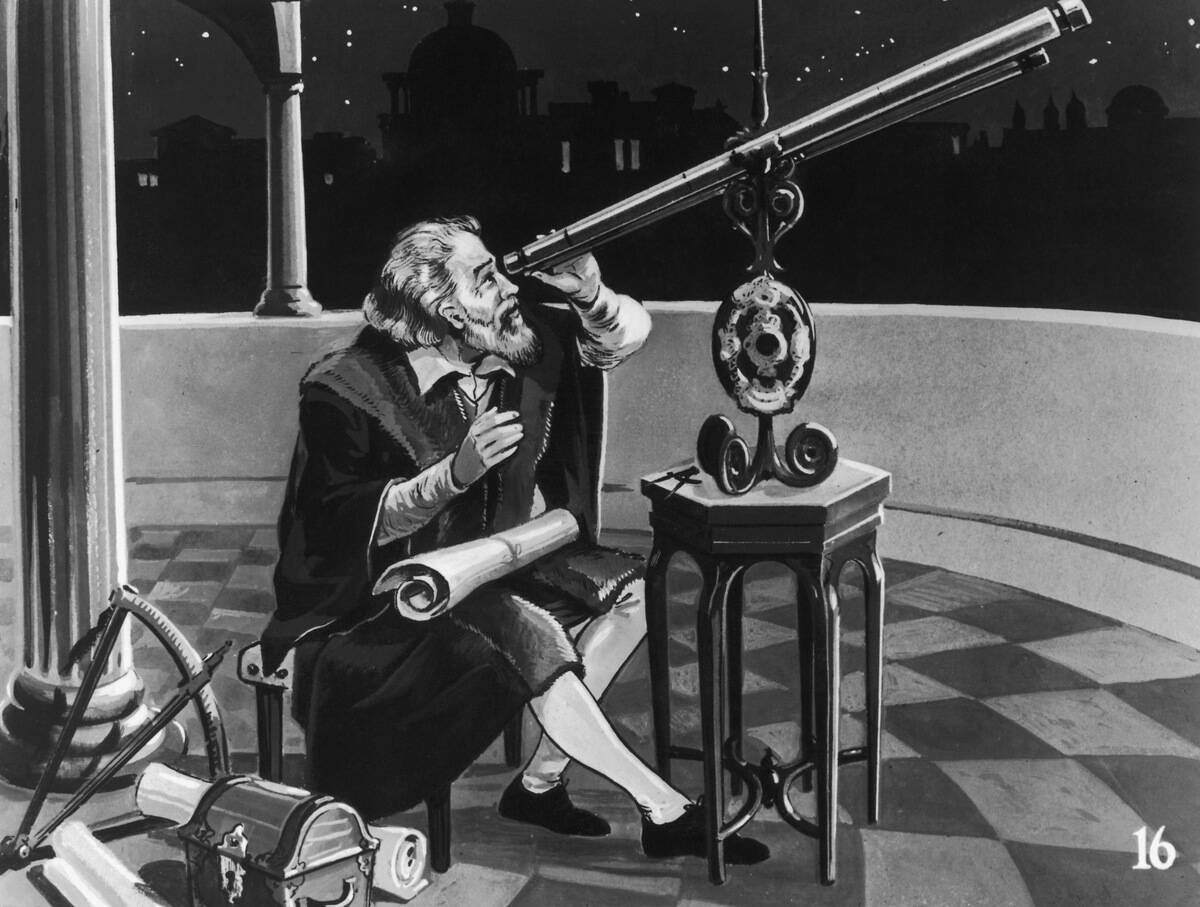
Galileo Galilei is often hailed as the father of observational astronomy. In 1609, he crafted his own telescope, which magnified objects up to 30 times. His discoveries, such as the rugged lunar surface and Jupiter’s moons, were groundbreaking.
Galileo’s work laid the groundwork for modern astronomy, demonstrating that systematic observation could yield profound insights into the workings of the universe, challenging long-held beliefs and expanding human understanding.
How Telescopes Transformed Astronomy

Telescopes revolutionized astronomy by revealing the universe’s vastness and complexity. They enabled astronomers to identify new planets, stars, and galaxies, fundamentally altering our understanding of the cosmos.
The ability to study celestial phenomena in detail has led to significant discoveries, such as the expanding universe and the existence of black holes. Telescopes have been instrumental in unraveling the mysteries of space, constantly pushing the boundaries of knowledge.
The Hubble Space Telescope: A Giant Leap for Mankind
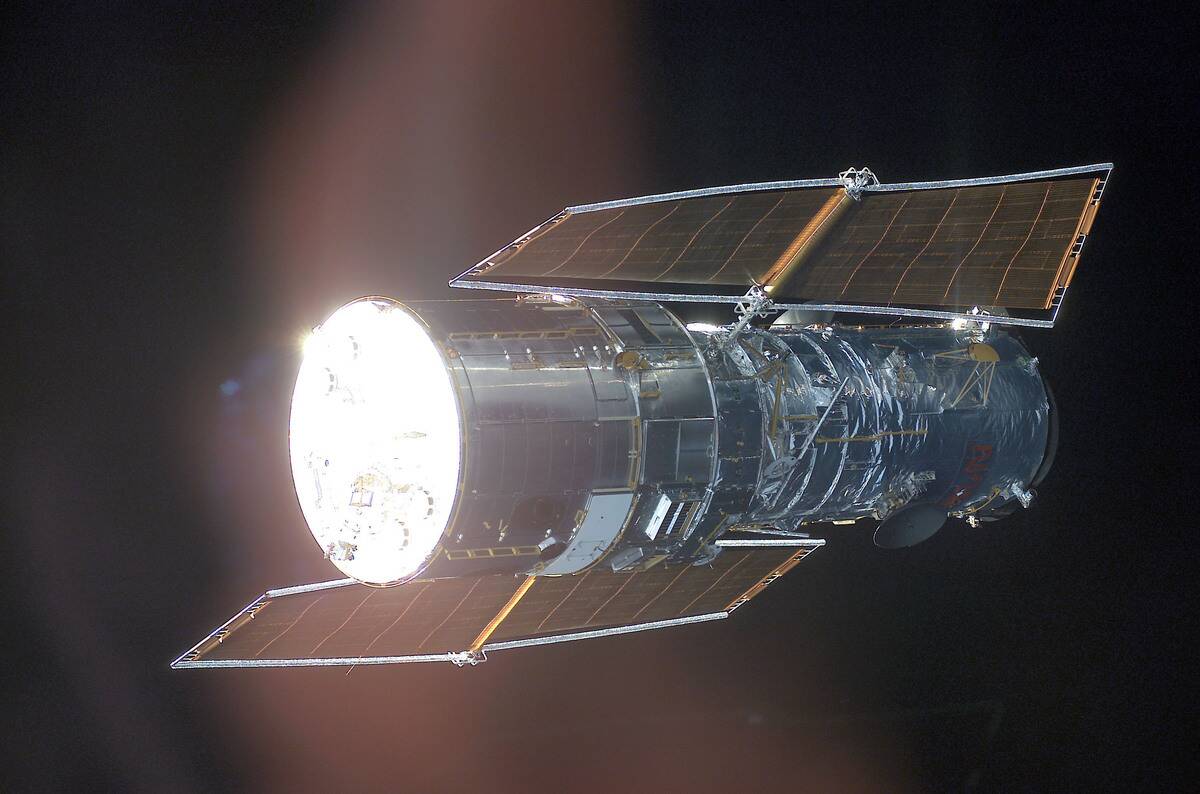
Launched in 1990, the Hubble Space Telescope has been a game-changer in astronomy. Orbiting above Earth’s atmosphere, it provides clear images of space, free from atmospheric distortion.
Hubble’s stunning photographs have captivated the public and expanded our understanding of phenomena like dark energy and exoplanets. Its contributions to science are immeasurable, continuously revealing the universe’s beauty and complexity, and inspiring both scientists and the public alike.
Beyond Stars: Telescopes and Our Understanding of the Universe
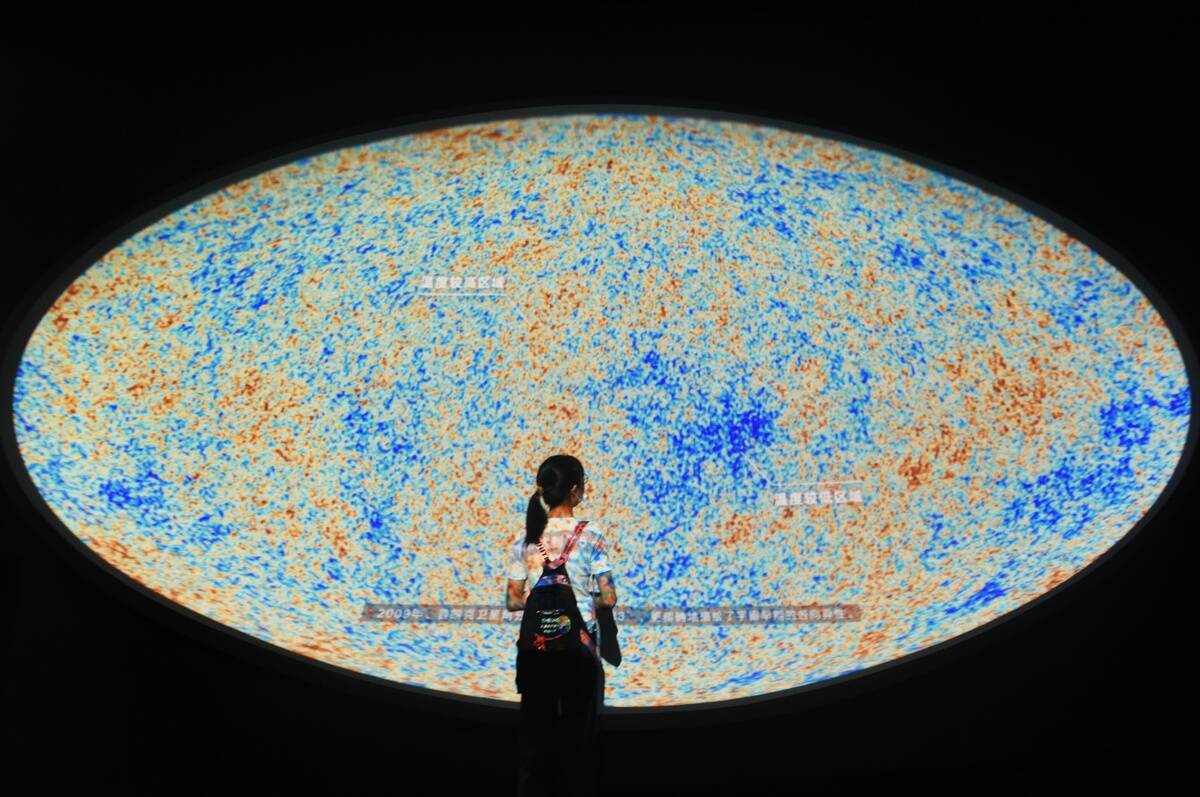
Telescopes have allowed us to explore far beyond our solar system, unveiling the secrets of distant galaxies and nebulae. With the help of radio telescopes, astronomers have discovered the cosmic microwave background radiation, supporting the Big Bang theory.
Telescopes have also played a crucial role in identifying exoplanets, some of which may harbor conditions suitable for life. Through telescopes, we continue to deepen our understanding of the universe’s origins, structure, and future.
The Microscope: A Journey to the Unseen World
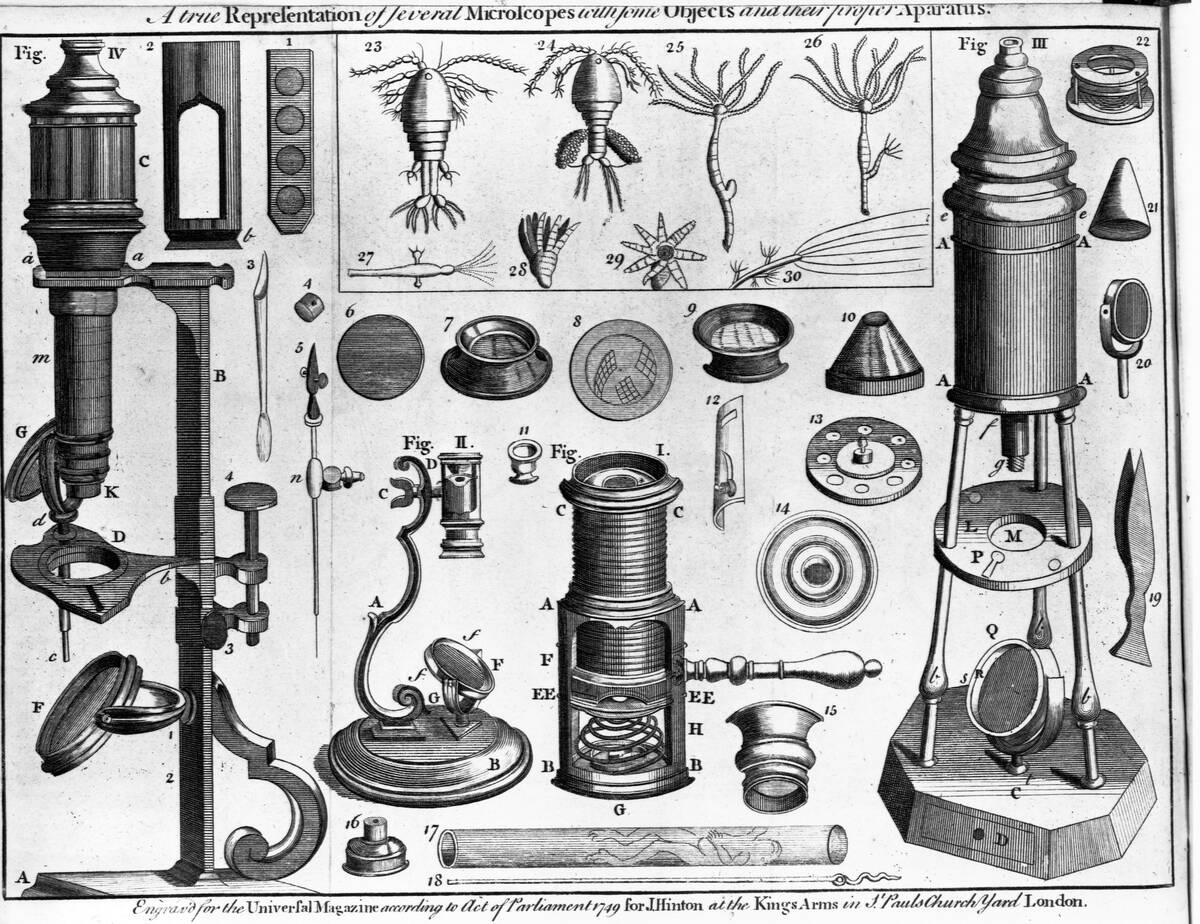
While telescopes bring the distant universe closer, microscopes unveil the hidden details of the world around us. The invention of the microscope in the late 16th century opened up an entirely new dimension of observation.
Pioneers like Robert Hooke and Antonie van Leeuwenhoek used microscopes to observe cells and microorganisms, sparking a revolution in biology. This tool has allowed scientists to delve into the microscopic world, revealing the complexity of life at the smallest scales.
Antonie van Leeuwenhoek: The Father of Microbiology
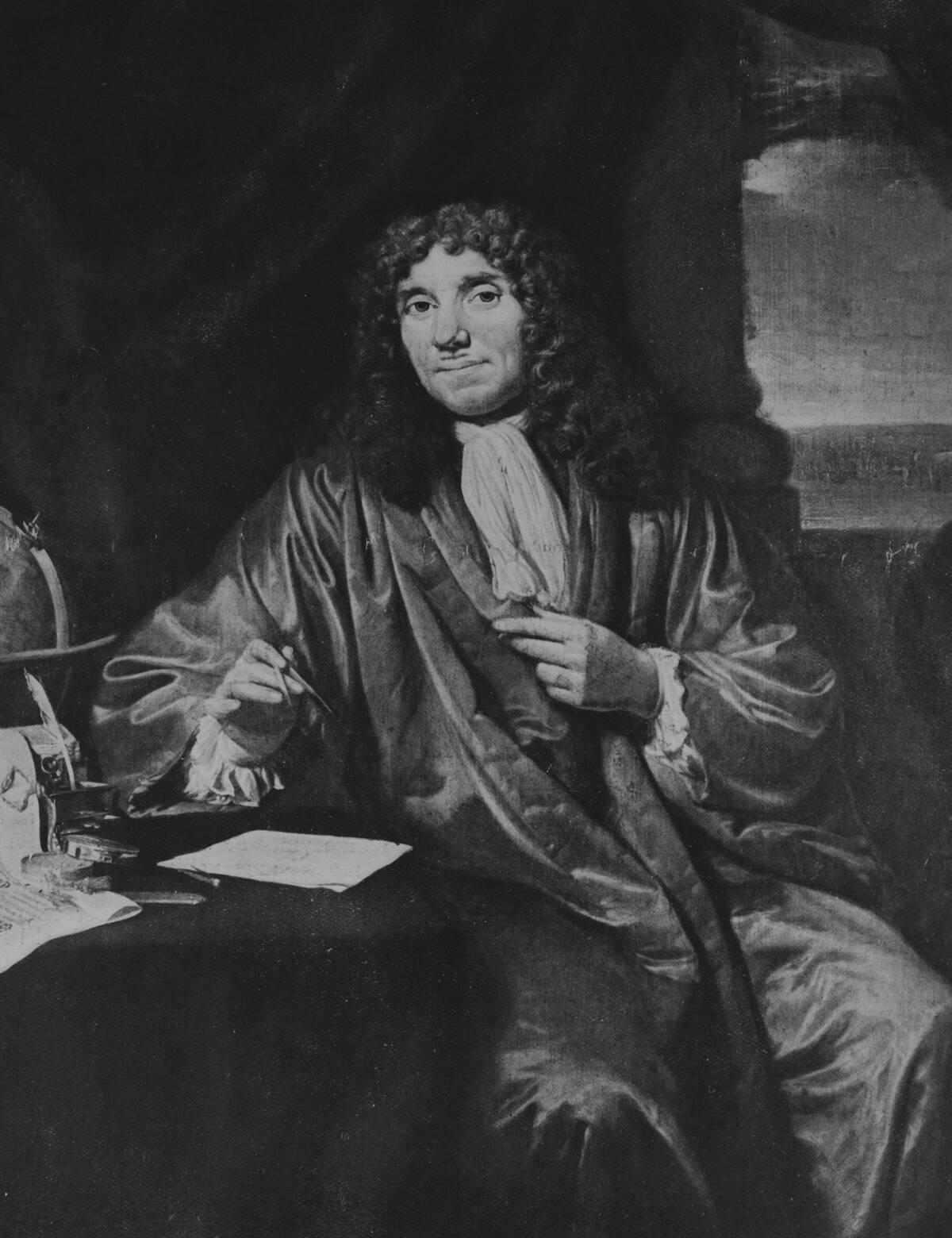
Antonie van Leeuwenhoek, a Dutch scientist, is renowned for his pioneering work in microbiology. Using handcrafted microscopes, he was the first to observe and describe single-celled organisms, which he called “animalcules.”
His meticulous documentation of bacteria, protozoa, and other microscopic life forms laid the foundation for microbiology. Leeuwenhoek’s discoveries highlighted the diversity of life and demonstrated the microscope’s power to reveal the unseen.
How Microscopes Revolutionized Science
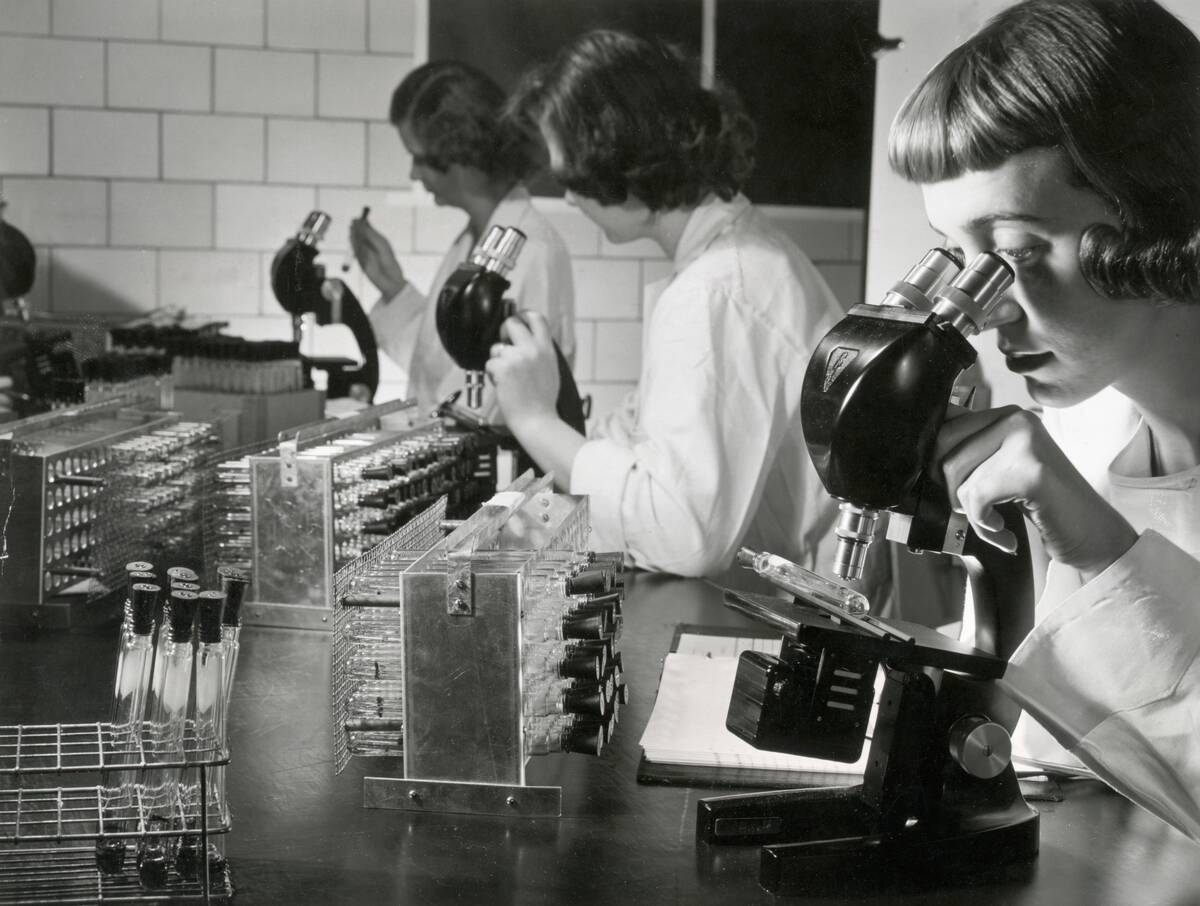
Microscopes transformed science by providing insights into the fundamental building blocks of life. They made it possible to study cells, bacteria, and viruses, leading to breakthroughs in medicine and biology.
The ability to observe the minute details of organisms has advanced our understanding of genetics, disease mechanisms, and cellular processes. Microscopes have been instrumental in the development of vaccines, antibiotics, and countless other scientific advancements, driving progress in numerous fields.
Seeing the Invisible: Microscopes and the Microbial World

Microscopes have unveiled the microbial world, revealing both its beauty and its complexity. Through these instruments, we can observe the intricate structures of bacteria, fungi, and other microorganisms.
This has deepened our understanding of ecosystems, as microbes play crucial roles in processes like decomposition and nutrient cycling. Additionally, the study of pathogens through microscopes has been vital in developing treatments and prevention strategies for infectious diseases.
The Role of Microscopes in Modern Medicine

In modern medicine, microscopes are indispensable tools. They enable pathologists to diagnose diseases by examining tissue samples, and they allow researchers to study cellular responses to treatments.
Microscopes have played a pivotal role in cancer research, virology, and genetics. Techniques like electron microscopy provide detailed images at the molecular level, aiding in the development of targeted therapies. The microscope’s contribution to medical science continues to be profound and transformative.
Telescopes and Microscopes: Bridging the Macro and Micro Worlds
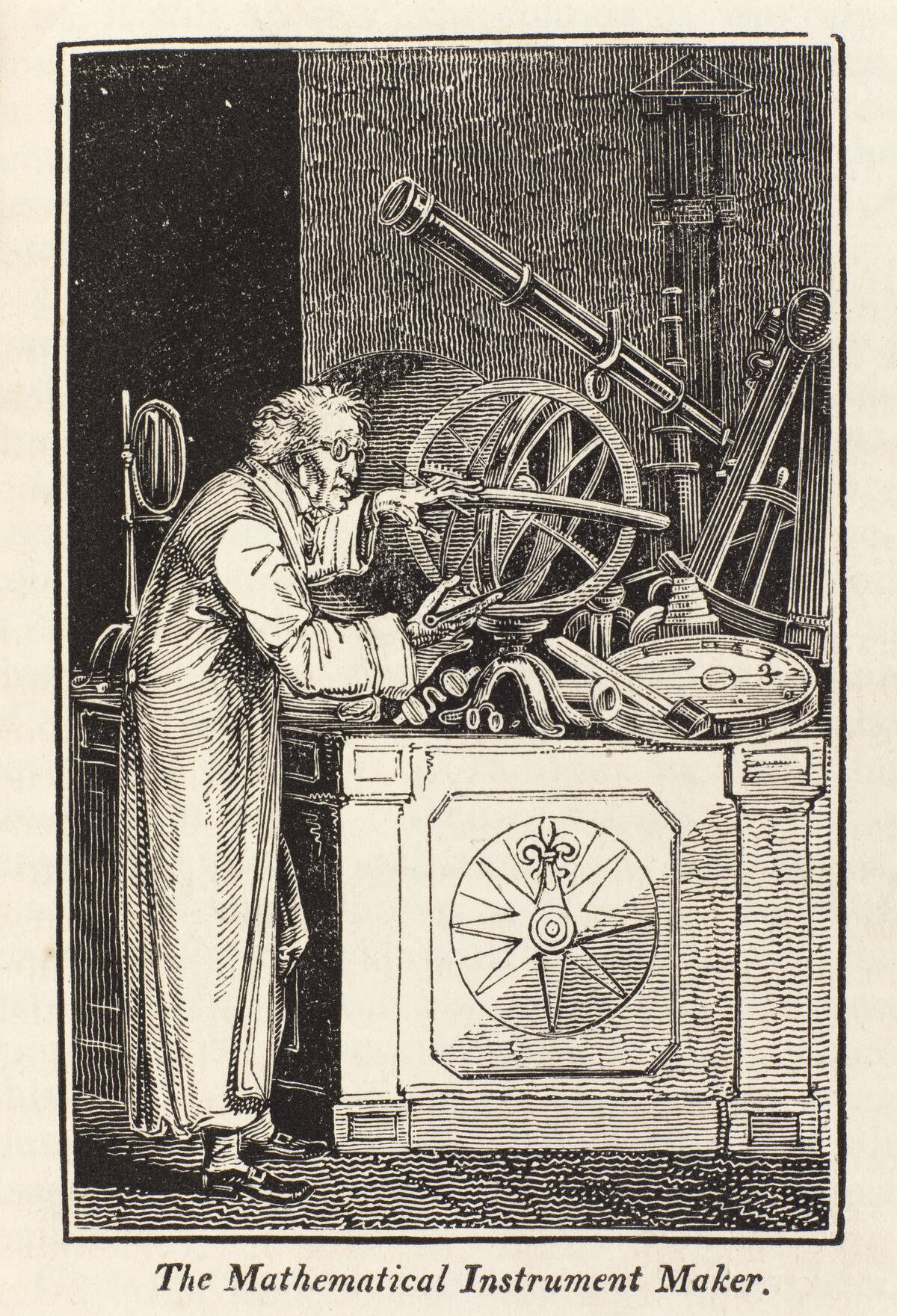
Telescopes and microscopes, though seemingly at opposite ends of the observational spectrum, together provide a comprehensive view of the universe. While telescopes explore the vastness of space, microscopes reveal the intricacies of the microscopic world.
This dual perspective enriches our understanding of natural phenomena, highlighting the interconnectedness of all things. Both instruments invite us to ponder our place within the universe, bridging the gap between the infinitely large and the minutely small.
How These Instruments Changed Our Perception of Reality

The advent of telescopes and microscopes has fundamentally changed our perception of reality. By expanding the limits of human vision, these tools have revealed the complexity and wonder of the universe and the natural world.
They challenge us to reconsider our place within the cosmos and inspire a sense of curiosity and exploration. These instruments remind us that there is always more to discover, encouraging a continuous quest for knowledge and understanding.
Innovations and Advances: The Future of Seeing the Unseen
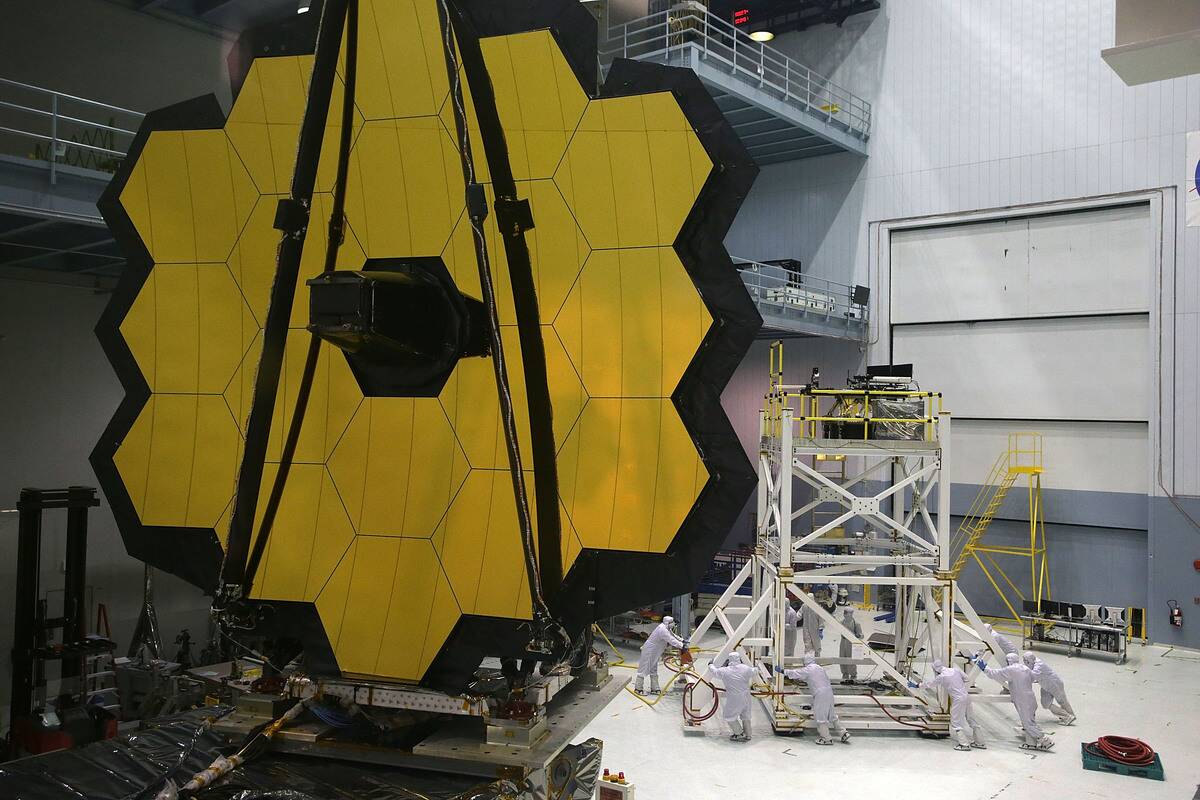
As technology advances, so too do the capabilities of telescopes and microscopes. Innovations like adaptive optics and electron microscopy are pushing the boundaries of what we can observe. Future telescopes, such as the James Webb Space Telescope, promise to explore deeper into space and time.
Meanwhile, advances in microscopy techniques are enabling scientists to visualize biological processes in real-time. These developments hold the potential to unlock new scientific discoveries and revolutionize our understanding of the universe and life itself.
Inspiring Curiosity: How These Tools Sparked Scientific Inquiry

By unveiling the unseen, telescopes and microscopes have ignited a passion for scientific inquiry. They have encouraged generations of scientists to ask questions and seek answers about the universe and the natural world.
This curiosity-driven exploration has led to countless scientific breakthroughs and has fostered a culture of discovery and innovation. These instruments remind us that there is always more to learn, inspiring a lifelong pursuit of knowledge and a deeper understanding of the world around us.
Everyday Uses: How Telescopes and Microscopes Affect Our Daily Lives
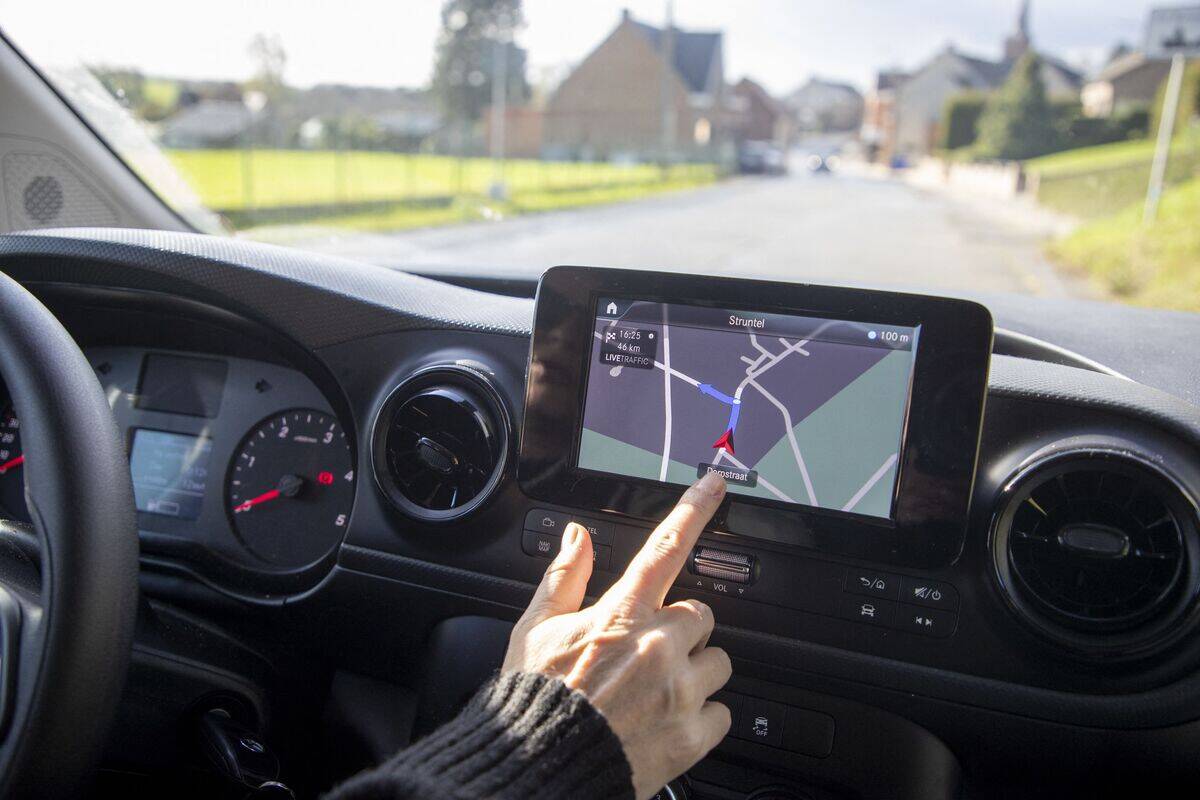
While often associated with grand discoveries, telescopes and microscopes have practical applications that impact our daily lives. Telescopes are used in navigation and communication technologies, such as GPS and satellite systems.
Microscopes play a crucial role in healthcare, quality control, and environmental monitoring. From diagnosing diseases to ensuring food safety, these tools are integral to modern society, demonstrating their importance beyond the realms of science and research.
Fun Facts: Quirky Tidbits About Telescopes and Microscopes
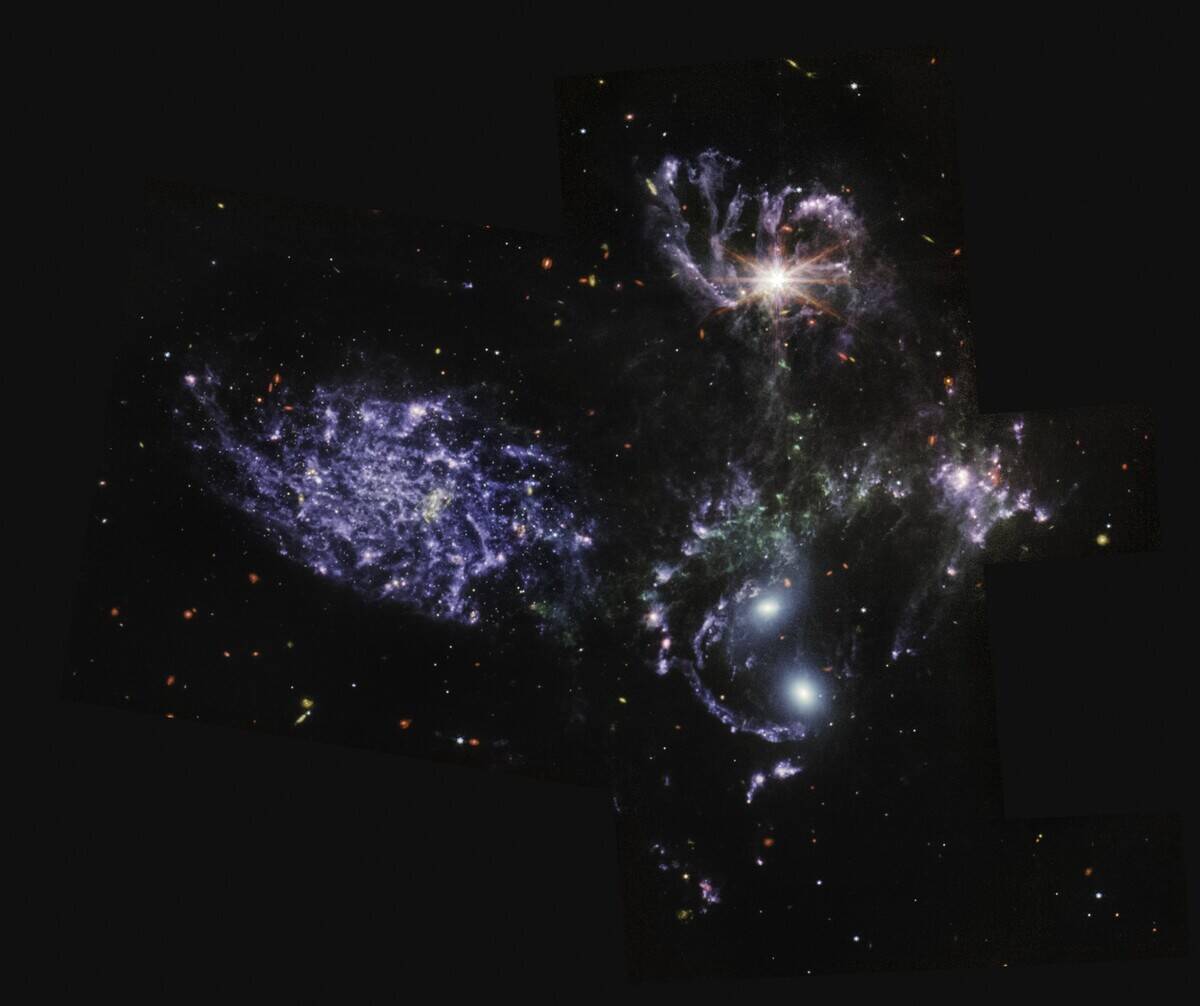
Did you know that the largest telescope in the world is the Gran Telescopio Canarias, with a mirror diameter of 34 feet? Or that the term “microscope” comes from the Greek words “mikros” (small) and “skopein” (to look or see)?
Here’s a quirky tidbit: Galileo’s telescope could magnify objects only about 30 times, whereas modern telescope systems can magnify up to 2 million times to identify quasars! These fun facts highlight the evolution and diversity of these remarkable instruments.



